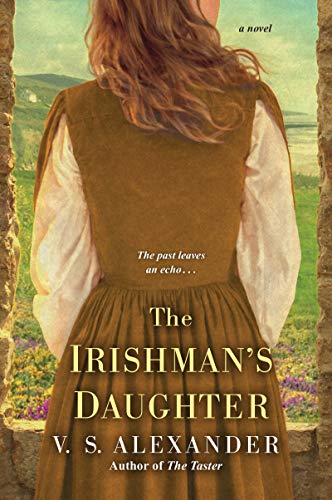The Irishman’s Daughter
Closest to Briana’s heart is the wild sea and land of County Mayo, Ireland. Her father, Brian Walsh, is the land agent for landlord Sir Thomas Blakeley and Lear House. She has also fallen in love with Rory Caulfield, a poor tenant farmer, who is not the man her father wants for her. In 1845, the first of several potato crop failures descends on Ireland. As the other food produced by Ireland continues to be exported to England, the land tenants who depend on the potato for their main food source begin to suffer. Briana and Rory see the suffering around them and grab for fleeting happiness while they can by marrying. Brian is caught between a cold and selfish landlord demanding the rents, and the impossibility of collecting anything from the starving tenants. Like other absentee landlords living in England, Sir Thomas does not believe the reports of famine. He arrives at his Irish estate with expectations of lavish meals and parties with his friends. Flaunting his privilege raises the level of hatred, resentment, and violence.
Along with the Walsh family, we view these tragic events from a distance; the real effects of the famine have less of an impact because the worst-hit victims are unnamed and unknown. The family experiences some hunger, but they are always able to get food, and disease doesn’t touch them. The famine spanned four years, 1845-49, and this story covers the first year. Whereas the starvation, disease, suffering, death, evictions, and mass emigration was cumulative over years of crop failures and become worse with each year, Alexander has accelerated that suffering all into the one year. Even though the extreme events depicted in the first year of famine are historically inaccurate, the tale of the famine is an impactful and moving story.










